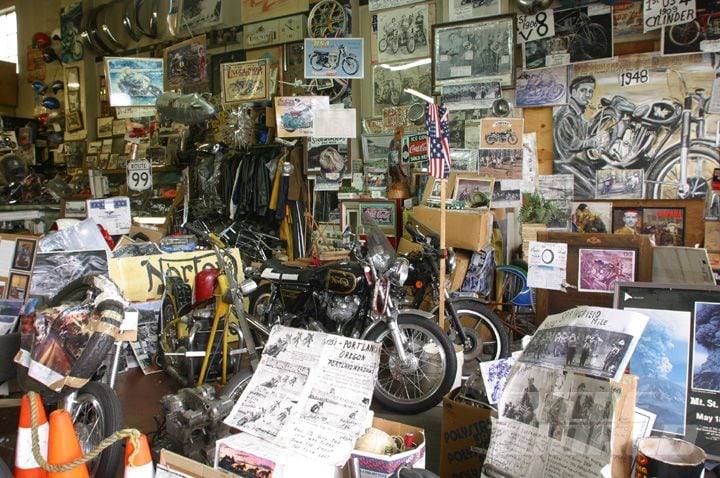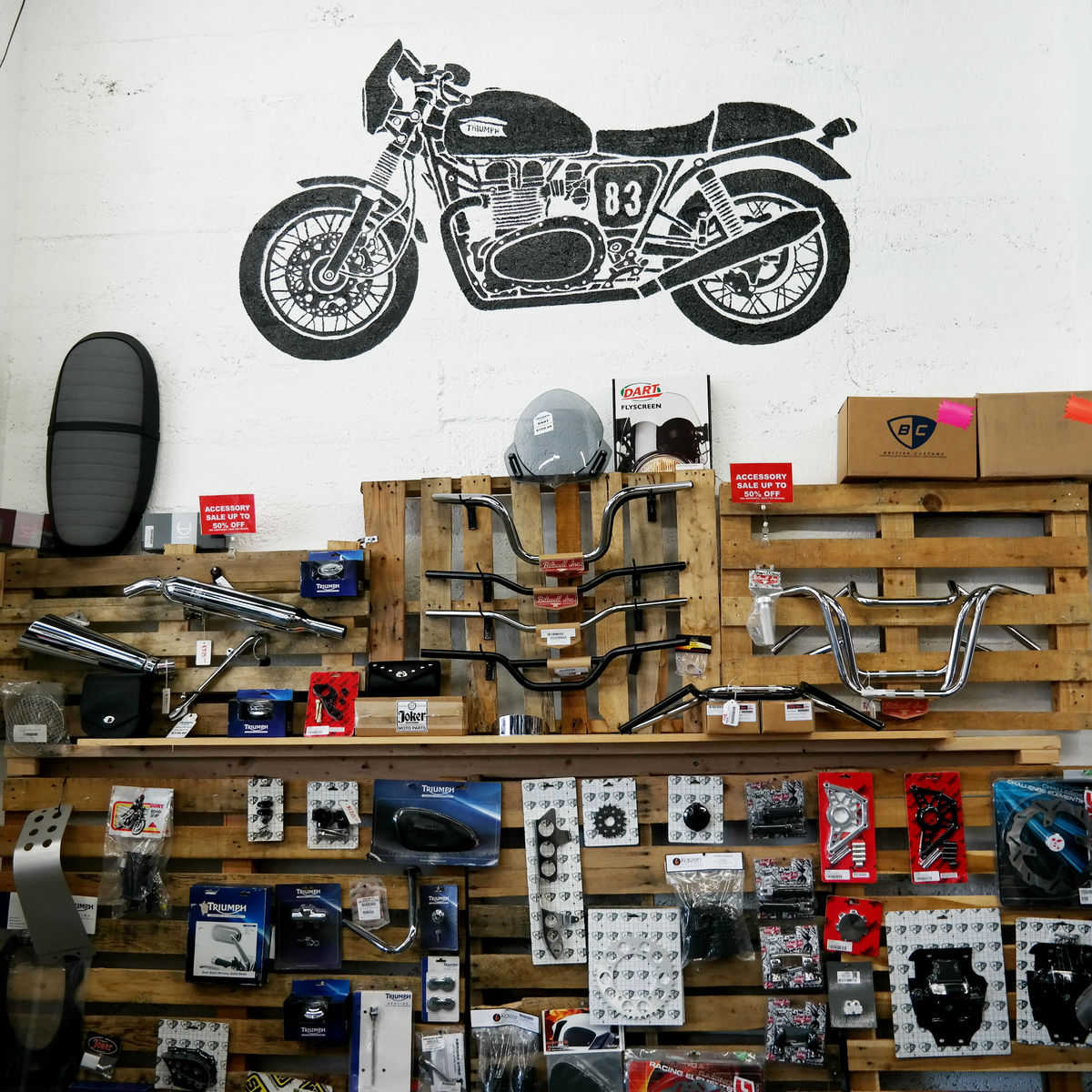Let Loose Efficiency with Premium Motox Parts NZ Available Right Here
Let Loose Efficiency with Premium Motox Parts NZ Available Right Here
Blog Article
Recognizing the Vital Parts of a Bike: A Comprehensive Overview for Enthusiasts
For motorcycle enthusiasts looking to elevate their riding experience and guarantee their bikes run smoothly, recognizing the vital parts of a bike is extremely important. Each component, from the engine's intricate workings to the critical function of the braking mechanisms, not only affects performance but also security and comfort.
Engine Parts

The camshaft plays a critical function in controlling the timing of the engine's shutoffs, guaranteeing the specific opening and closing essential for effective fuel and air intake, along with exhaust expulsion. This timing is critical to preserving ideal engine performance and effectiveness. In addition, the carburetor or gas shot system, depending upon the motorcycle model, is liable for mixing air with gas in the correct ratio for combustion.
The air conditioning system, either air or liquid-based, works to maintain the engine's temperature within functional limitations, avoiding getting too hot and making certain durability - motorbike shop. Each part, carefully developed and incorporated, adds to the smooth operation of the engine, specifying the bike's power outcome and general efficiency
Transmission System
Integral to the motorcycle's functionality, the transmission system makes sure effective power transfer from the engine to the wheels. This system comprises a number of vital elements, including the clutch, transmission, and last drive, each playing an essential function in equating the engine's power into motion. The clutch, typically operated by a hand lever, offers to disengage the engine and involve from the transmission, permitting smooth gear adjustments and controlled velocity.
The gearbox, commonly described as the transmission proper, consists of a collection of gears that cyclists can manually change through to readjust the bike's speed and torque output. These gears are prepared in a sequence that allows the motorbike to increase smoothly and maintain optimal engine efficiency across different speeds. The majority of motorbikes utilize a consecutive transmission, calling for the biker to shift equipments in an established order.
Braking Systems
While comprehending the transmission system is crucial to taking advantage of a motorcycle's power, just as important is the capability to manage and quit that power effectively, which is where stopping mechanisms enter play. Brakes are important for safety and security and efficiency, providing the rider with the necessary control to browse different surfaces and conditions. Usually, motorbikes feature 2 types of braking systems: disc brakes and drum brakes.
Disc brakes are extra widespread in modern bikes due to their remarkable efficiency. This system provides better heat dissipation, constant performance, and enhanced stopping power, especially in damp problems.
Conversely, drum brakes, though less usual, are still found in some motorcycles. They function by pressing brake shoes against the internal surface area of a drum connected to the wheel. While normally less effective in heat dissipation and quiting power, drum brakes are less complex and much more economical.
Comprehending these stopping systems' nuances enables bikers to maintain their motorbikes effectively and value the design that makes sure risk-free and effective quiting.
Suspension and Steering
Suspension and guiding systems are crucial components that considerably influence a bike's handling and trip convenience. The suspension system, including forks at the front and shock absorbers at the rear, soaks up road abnormalities, boosting stability and control. Front forks, normally telescopic or inverted, compress and rebound to mitigate effects, while back shock absorbers preserve tire call with the roadway, crucial for traction and safety and security.
Guiding, focused around the handlebars, attaches the biker to the bike's directional control. The steering head bearings guarantee smooth operation, enabling specific maneuverability. Correct positioning and upkeep of these bearings are important for predictable guiding feedback and minimizing cyclist tiredness.
The suspension's adjustability is one more important facet; preload, damping, and rebound settings allow customization to fit numerous riding styles and problems. This flexibility is important for enhancing efficiency, whether navigating metropolitan streets or tackling tough trails. Advancements like electronic shock absorber provide real-time modifications, boosting ride top quality across diverse surfaces.

Electrical Solutions
After guaranteeing a smooth and regulated adventure with effective suspension and guiding systems, focus turns to best motorcycle gear for beginners the electric systems, a critical aspect of modern-day motorbikes. These systems play an essential function not just in starting the engine however likewise in powering numerous parts that boost the capability and safety of the motorbike.
At the heart of a motorbike's electrical system is the battery, which stores electric power essential for starting the engine and powering supporting systems - motorcycle shop. The generator or generator, combined with the rectifier-regulator, makes sure the battery continues to be charged while the motorcycle is in operation, converting power into electrical power and keeping voltage degrees
The ignition system, an additional crucial part, is in charge of stiring up the air-fuel blend in the engine's cylinders. Modern bikes usually use a digital ignition system, using higher efficiency and reliability contrasted to conventional systems.
Lights systems, consisting of fronts lights, tail lights, and signs, are additionally vital, making sure visibility and security for the motorcyclist. Extra electronic parts such as sensing units, control devices, and displays add to innovative features like gas injection administration, anti-lock stopping systems (ABDOMINAL MUSCLE), and digital control panels, even more improving the riding link experience.
Conclusion
A detailed comprehension of a motorbike's necessary parts, including the engine, transmission system, stopping devices, suspension, guiding, and electric systems, is essential for enthusiasts intending to optimize efficiency, safety, and convenience. Proficiency of these elements permits notified choices relating to upkeep and upgrades, inevitably enhancing the riding experience. By incorporating this understanding, bikers can guarantee their motorbikes operate at peak performance and dependability, consequently maximizing both pleasure and durability of their automobiles.
For motorcycle enthusiasts looking to boost their riding experience and ensure their bikes run efficiently, understanding the crucial elements of a bike is critical.Integral to the bike's capability, the transmission system ensures effective power transfer from the engine to the wheels.While comprehending the transmission system is vital to harnessing a motorbike's power, similarly crucial is the capability to regulate and quit that power my blog properly, which is where braking systems come right into play. Normally, motorcycles include 2 kinds of stopping systems: disc brakes and drum brakes.
A complete comprehension of a bike's necessary parts, including the engine, transmission system, stopping devices, suspension, guiding, and electrical systems, is vital for lovers aiming to enhance efficiency, safety, and comfort.
Report this page